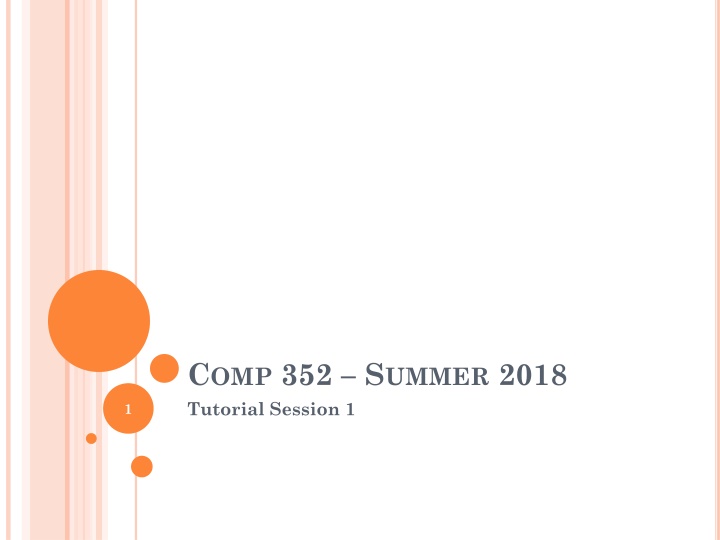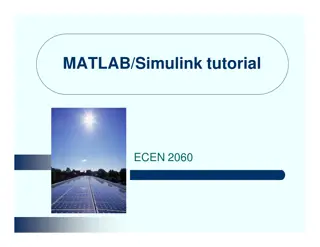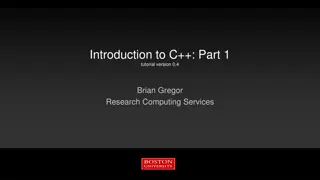
Complexity of Algorithms and Big-O Notation
Delve into the world of algorithm analysis and complexity with discussions on what algorithms are, how to measure their complexity, and the significance of Big-O notation in comparing algorithm performance as the input size grows. Explore asymptotic notations, growth rates of functions, and essential reviews in complexity analysis exercises.
Download Presentation

Please find below an Image/Link to download the presentation.
The content on the website is provided AS IS for your information and personal use only. It may not be sold, licensed, or shared on other websites without obtaining consent from the author. If you encounter any issues during the download, it is possible that the publisher has removed the file from their server.
You are allowed to download the files provided on this website for personal or commercial use, subject to the condition that they are used lawfully. All files are the property of their respective owners.
The content on the website is provided AS IS for your information and personal use only. It may not be sold, licensed, or shared on other websites without obtaining consent from the author.
E N D





















